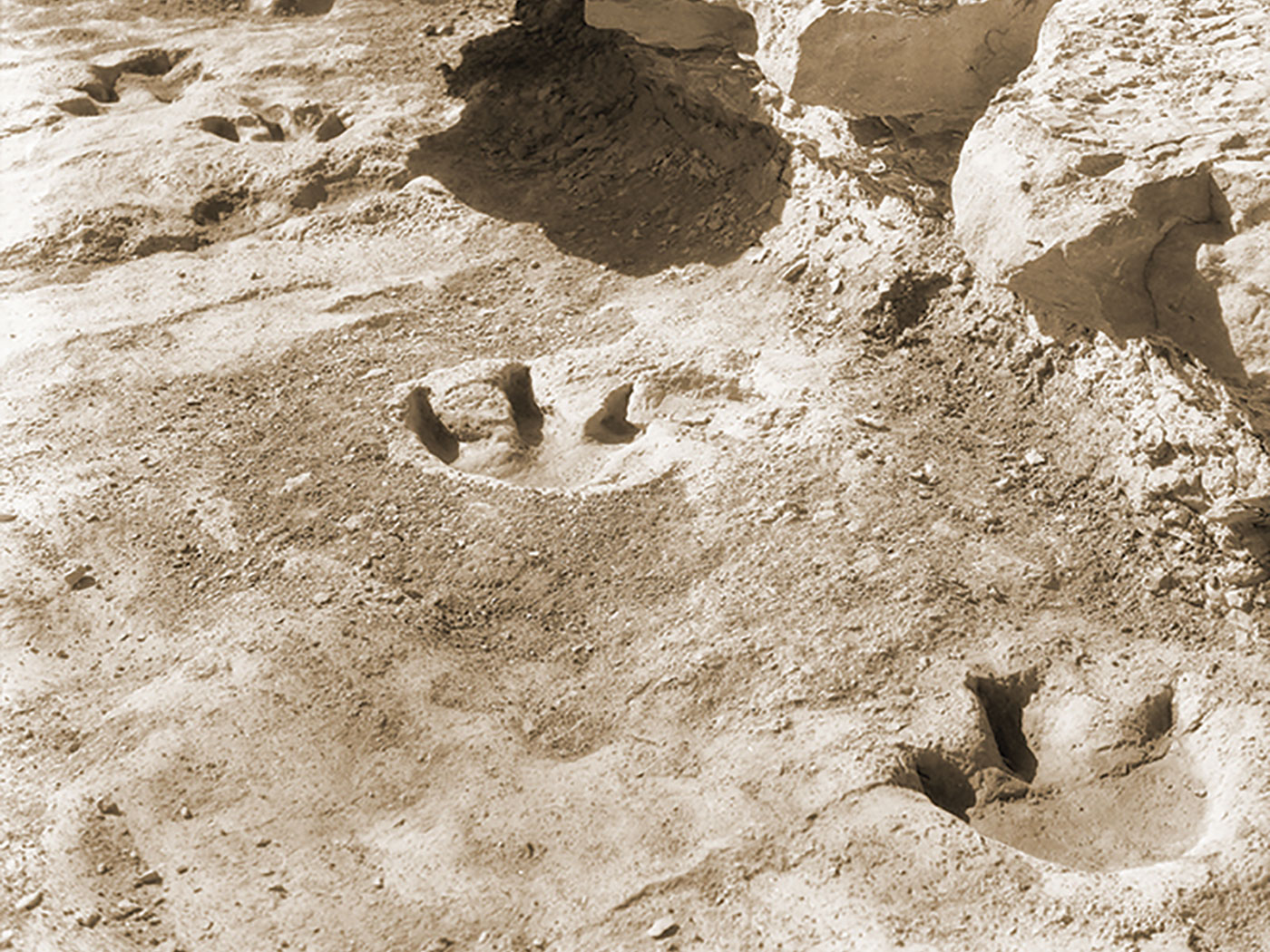Scientists attempting to demonstrate random evolution in the laboratory have found something entirely different: evidence supporting creation.
Gerald Joyce of the Scripps Research Institute coaxed an RNA-like long chain molecule, called R3C, to copy itself. The journal New Scientist stated that Joyce’s “laboratory-born ribonucleic acid (RNA) strand evolves in a test tube.” But it “evolved” only after “Joyce's team created” it. “After further lab tinkering,” Joyce’s colleague Tracy Lincoln “redesigned the molecule” so that it would replicate more effectively.1
What Joyce and his team actually discovered was how difficult it is and how much outside intervention is needed to get even these simple RNA-like molecules to form chains (which only happened when they were provided with a supply of pre-manufactured chemical “links”). The creation model—not a religious argument from ignorance, but a scientific inference from the data—is a viable historical model that would predict that the chemicals and processes of life are exactly as Joyce and other origin of life researchers find them: complex and specified.
The evolution model continues to meet a dead end with “life in a test tube” research. Even after selecting from 288 mutant molecules the ones that replicate the fastest, the scientists knew of no natural mechanism that can add new functions to those selected. “To mimic biology, a molecule must gain new functions on the fly, without laboratory tinkering. Joyce says he has no idea how to clear this hurdle with his team’s RNA molecule.”1 The potential for change for these molecules, like any machine, is limited to its maximum design potential unless retooled by an outsider.
The insistence that this laboratory work shows any kind of blind evolutionary process contradicts the fact that these research efforts were not “blind,” but directed and purposeful. Joyce even admitted that his molecules do not “have open-ended capacity for Darwinian evolution.”1 His molecules have limited potential because all molecules have limited potential. Indeed, certain ribonucleotides that are linked together to make RNA cannot form naturally in solutions. Not only the molecules themselves, but their environment limits the potential for any evolutionary progression. Even after they are carefully formed, they are very fragile. Just add water, oxygen, or light, and all the “evolutionary progress” of these molecules is destroyed. Surely, life cannot come from a purely natural cause.
Michael Robertson of the University of California, Santa Cruz, told New Scientist, “The origin of life on Earth is an historical problem that we’re never going to be able to witness and verify.”1 The question of origins cannot be investigated by direct experiment, but it can be explored by making valid inferences from an array of evidence.2
Thus, both the facts of science regarding the extreme difficulty of fashioning molecules that merely imitate select functions of life, as well as the biblical account that records the beginning of all things, unite as evidence for creation.
References
- Callaway, E. Artificial molecule evolves in the lab. New Scientist. Posted on newscientist.com January 8, 2009, accessed January 9, 2009.
- Thomas, B. Protocell Research: On the Verge of…a Dead End. ICR News. Posted on icr.org September 16, 2008, accessed January 14, 2009.
* Mr. Thomas is Science Writer.
Article posted on January 16, 2009.
















